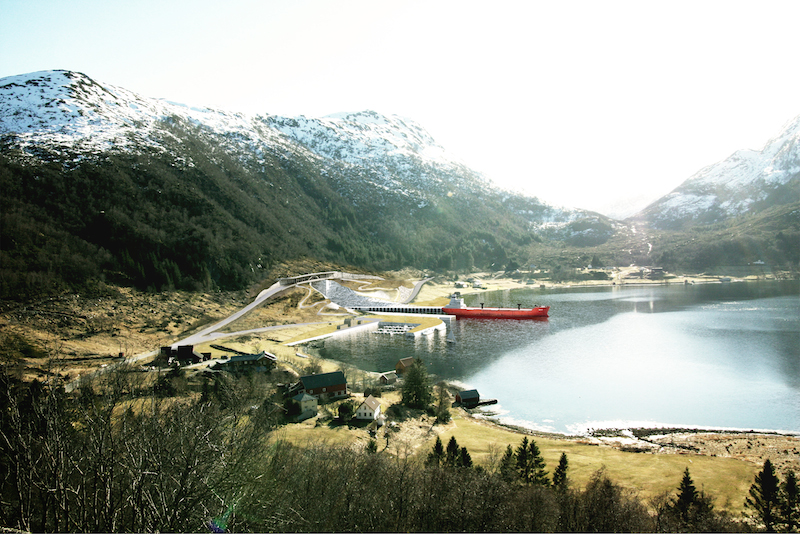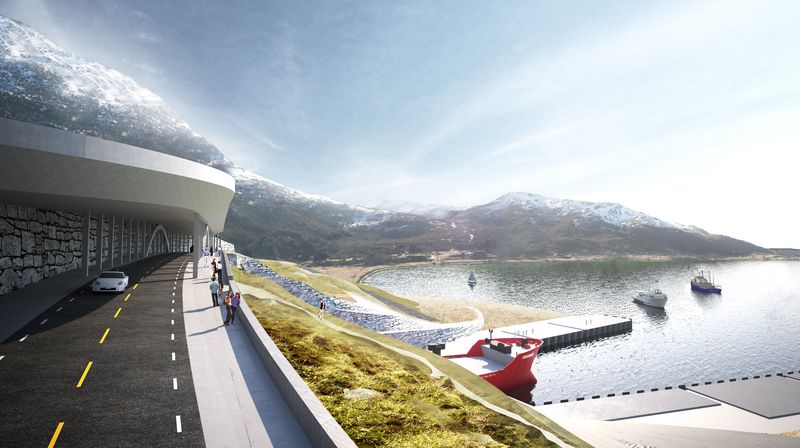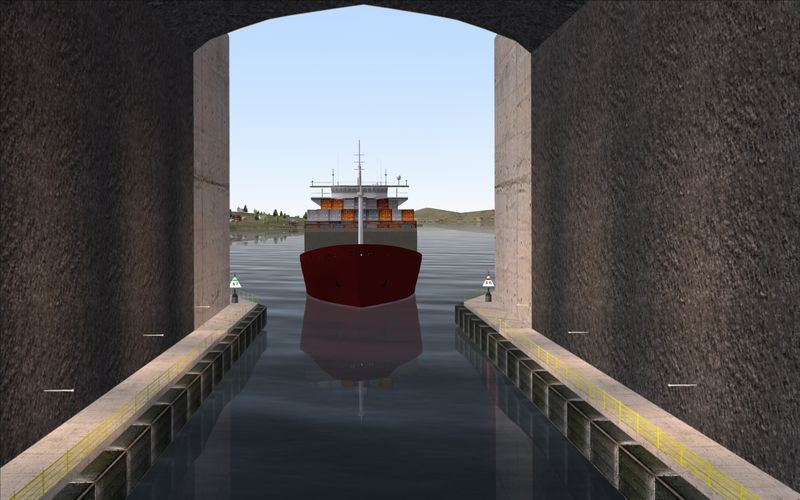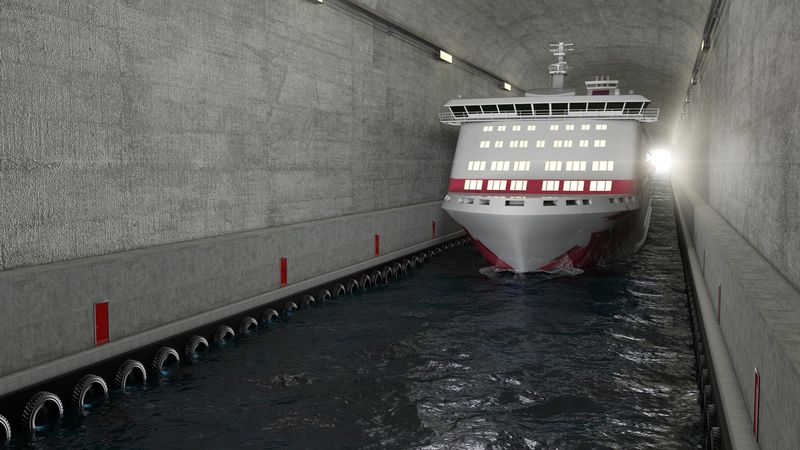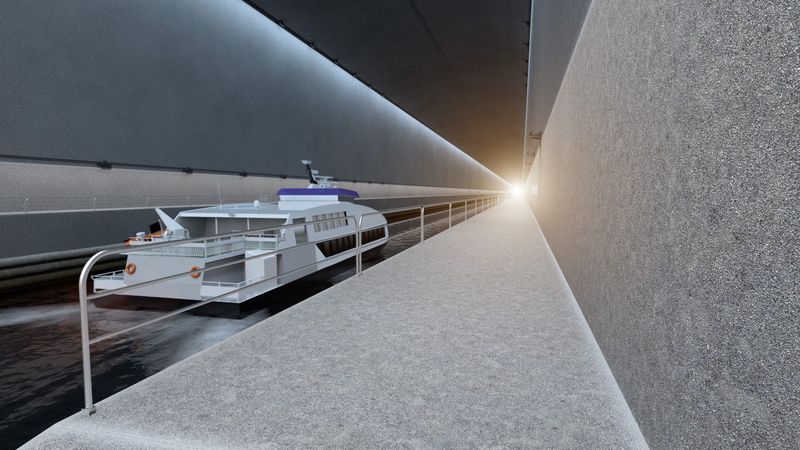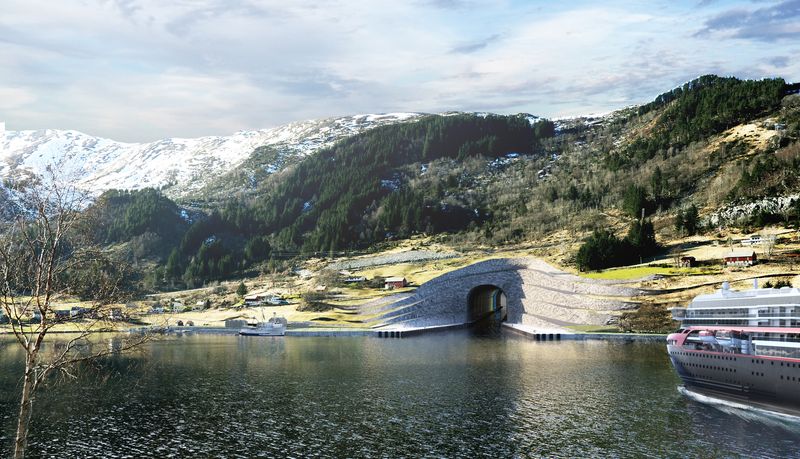The Stad Ship Tunnel came a step closer this month when the nation’s government approved funding of around $320 million for the ambitious project. Work could start on what will become the world’s first full-scale ship tunnel as early as next year.
If you’re thinking the idea of the tunnel is to save travel time, think again. The main aim is to enhance ship safety as it would enable vessels to stay in calmer waters and avoid having to navigate part of the sometimes treacherous and exposed North Sea along a route where many lives have been lost over the years.
Overseen by the Norwegian Coastal Administration (NCA), the tunnel would cut through the narrowest part of the peninsula with a 1.1-mile-long (1.7 km) waterway, 37 meters tall and 26.5 meters wide (121 x 87 feet).
NCA engineer Terje Andreassen told New Atlas that work would first involve drilling horizontally before using explosives to take out the roof part of the tunnel. Bolts and anchors would then be fitted to secure the roof rock before applying shotcrete for further strengthening. “The rest of the tunnel will be done in the same way as in open mining … vertical drilling and blasting with explosives down to the level of 12 meters (42 feet) below the sea level,” Andreassen said.
Up to 100 ships could pass through the tunnel each day, though on average the figure is expected to be around 20. “There will be one-way traffic which will alternate every hour,” the engineer explained. “The traffic will be controlled by one of our vessel traffic centers and slot times will be given to all commercial vessels.”
It’s expected to take around three or four years to blast through the rock, though it could take at least 10 years before we see any cargo-carrying vessels, passenger ferries, and some cruise ships sailing through it.
Aware that the tunnel could become a major visitor attraction not only for those wanting to sail through it but also for land-based tourists in the area, its designers could include bridges over the tunnel entrances for a close-up view of passing vessels.
Renderings (above) of the final design by architecture firm Snøhetta offer a fascinating view of how the tunnel could look. You can also check out this video (top) posted a couple of years ago during earlier governmental discussions about the grand plan.

